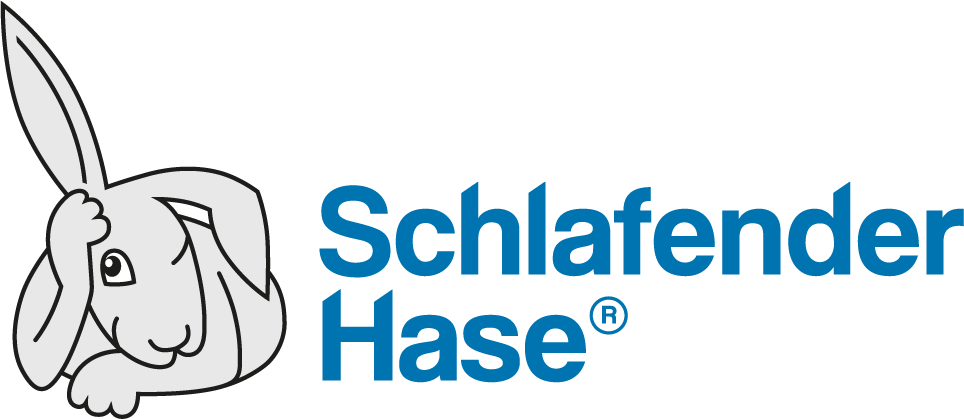FDA (US), EMA (EU), ANSM (France), CFDA (China), BfArM (Germany) – just to name a few of the national and international bodies that regulate the pharmaceutical industry. They share a common purpose: to ensure the patient safety and efficacy of medicines. And for this, they have regulatory procedures.
The complexity of regulation makes it imperative for pharmaceutical companies to have clear labeling processes and SOPs in place to ensure compliance. The cost of non-compliance is risk to patient health, failed submissions, recalls, financial loss, and damage to the company’s reputation. Below we will look at some fundamentals of avoiding errors, along with labeling errors from a bird’s-eye perspective. Then outline how automated proofreading – and specifically TVT, the document comparison software for regulated industries– can contribute to avoiding labeling errors in pharma.
5 fundamentals for avoiding labeling errors in pharma
Understand the regulatory environment
It is obvious, but unless the regulations and requirements for labeling and packaging are clearly understood, they cannot be implemented. Knowledge is the foundation. If it is not available in-house, seek it externally.
Have knowledge systems in place
Leading on from this, knowledge systems help us to create, organize, store and retrieve the information we need. This applies as much to labeling and packaging as upstream activities feeding into compliant labeling. Knowledge systems can be large-scale or, as in small- or medium-sized companies, modest but effective. Examples range from databases relating to GMP in production and quality through to artwork and corporate style guidelines.
Integrate your workflows
Knowledge and other systems must be integrated seamlessly into workflows – whether small- or large-scale. Your proofreading steps, for instance, can be automated and integrated into information management systems (e.g. LIMS). It is simple, but many companies don’t do this.
Communicate
With technologies playing a dominant role in how we communicate today, we may confuse the technology for communication itself. Efficient formal communication and collaboration between experts, colleagues and regulatory authorities – supported by technologies – is the goal.
Train and mentor
Training and mentoring processes lead to consistent practices and knowledge sharing.
In a nutshell, know what you must achieve, make sure you are using the best systems and technology for your purposes, and ensure that everyone is communicating and learning. If you do these things, you will significantly reduce the risk of labeling and packaging errors.
5 Causes of Labeling Errors – Bird’s-Eye View
There are numerous reasons why labeling and packaging can contain errors, but here are some major types:
1. Non-conformity in a dynamic regulatory environment
The challenge here is that regulations change, and your workflow and SOPs must be able to manage this.
2. Local regulatory and language requirements
Not only do regulations change, they change within local regulatory frameworks. And the challenge is not only working with different national requirements. Global regulatory affairs (RA) professionals often work with foreign languages across multiple corporate subsidiaries.
3. Lost in translation
Translation into local languages demands its own quality assurance as part of SOPs. A simple error can cause non-compliance.
4. Ambiguities and incorrect information
You know the regulations, you are complying, and you have the processes in place to work together with local teams in local languages. But you should make sure that the following questions are answered:
- Is the correct terminology being used?
- Are abbreviations spelled out for patients and healthcare professionals and used correctly?
- Has an ambiguity slipped in?
- Has all text marked for deletion from a previous version really been deleted?
- Has information to be added really been included in the new version?
- Has a transcription error occurred (e.g. a dosage missing a numeral)?
5. Readability issues
Regulatory authorities issue guidelines and recommendations to assure readability. For text, this includes font size and characteristics. Your barcodes must also be legible, and your artwork must be free of visual ambiguities, such as contrast issues.
Practical Advantages of Content Comparison
Now let’s look at how automated proofreading – and specifically TVT can help you avoid these labelling errors.
How it works:
TVT compares a document version (e.g. a labeling revision) with an approved master version, examining the underlying Unicode and highlighting deviations between documents or document versions, making any deviations (potential errors) immediately visible to the proofreader. It supports very large documents in most formats, any layout, any languages
How it supports your proofreading and text verification:
TVT effortlessly inspects text, artwork, spelling, and barcodes. This not only drastically reduces the time needed to spend proofreading documents, but also significantly increases the quality of your documents. Regardless of the elements included on your labels, you can rest assure that only approved content is printed or published.
Integrating automated proofreading into workflows:
TVT can be integrated into virtually any information system to support the workflow, and provide the core of proofreading SOPs within larger workflows – this is especially useful when working with subsidiaries and in foreign languages.
Reporting, with a transparent audit trail:
All proofreading steps and actions are clearly documented, and a report provides a clear audit trail of actions.






